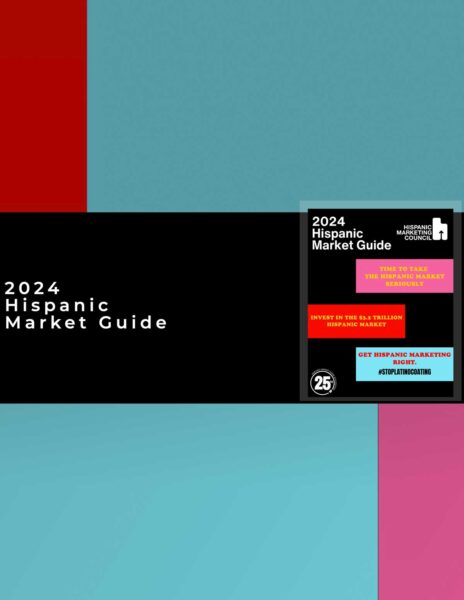Latino Populations are Growing Fastest – Where We Aren’t Looking
May 3, 2013
The Latino population in the U.S. is growing—and in places many people might not be looking. While historically Hispanic-designated market areas (DMAs) like Miami and New York still have the largest shares of the Latino population, new research from Nielsen highlights how the pace of growth is soaring in a range of areas outside of these concentrated immigrant gateways.
For example, Charlotte, N.C., isn’t traditionally thought of as a Latino market, but its Hispanic population is growing faster than any other region in the country. Additionally, dramatic Latino growth in a range of cities across the U.S. since 2000 has created a bevy of opportunity beyond the more traditional Hispanic markets, as noted in the country’s 15 largest Hispanic DMAs. The high growth in the mid-market DMAs mirrors the growth in Los Angeles and New York just a couple of decades ago. So it’s only a matter of time before one of these DMAs becomes the next Latino population center.
“The Latino boom has expanded beyond traditionally Hispanic markets and continues to fragment,” said Reny Diaz, Director of Client Engagement. “It’s imperative that brands’ messages speak to these new Hispanic segments–the young bilinguals, the suburban and upscale households–that are driving a new U.S. reality alongside more established segments of the U.S. Hispanic population.”
New immigration gateways like Washington, D.C. have formed for new U.S. Latino populations, while cities like Orlando have become suburban destinations for Latinos who previously resided in Miami or New York. These shifts have put markets that weren’t previously part of the Hispanic marketer’s strategy on the radar.
More and more Hispanics are also making the transition to the suburbs—a contrast from their historical tendency to stay within city centers. Houston, a market where Hispanics make up 36 percent of the population—mostly within the city center—has seen its Hispanic population in the suburban city limits grow by 227 percent over the last decade. This has accounted for 39 percent of the market’s overall growth.
Greater spending power and higher graduation rates from both foreign and domestic universities are two drivers of economic mobility among U.S. Latinos. Affluent Latino households earning $100,000 or more each year have contributed the largest growth in Houston’s wealthy communities. However, not all of the upscale and affluent households are headed to the suburbs of the city—the segment is also residing in predominantly Hispanic communities at the city’s center, where there is a wider range of household incomes.


For more information at nielsen.com






























